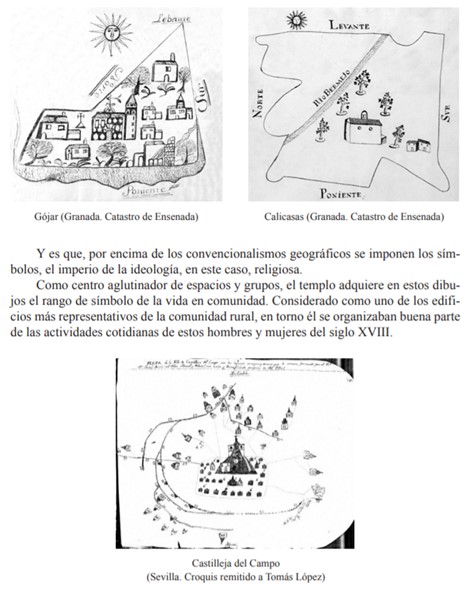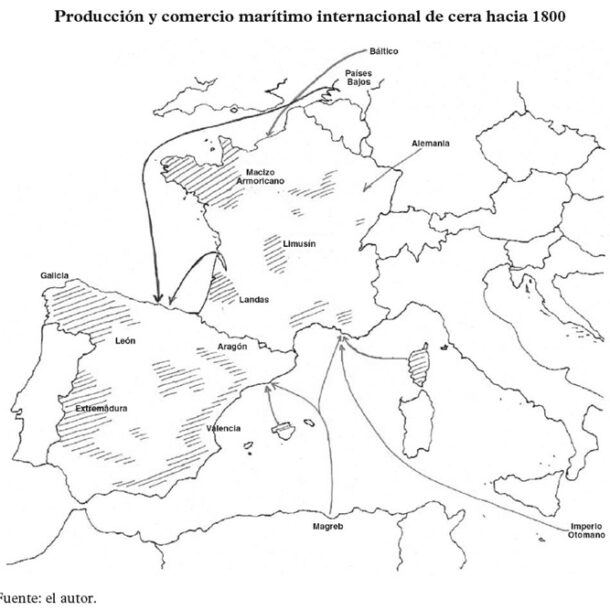
The evolution of family economies during the Modern Age was closely linked to the existence of servants. Local elites relied on this type of labour force, either for domestic help or for agricultural or livestock work. The most disadvantaged and dispossessed in the social stratification of the Ancien Régime tended to be the servants; thus, there were relations of master-servant dependency based on labour power and trust. The resource shows the territorial distribution of households with servants in Galicia in the mid-18th century. The author identifies the two areas with a notable presence of servants: inland Galicia, where 22.5% of households had at least one servant, and northern Galicia, with 17%. In inland Galicia, urban centres had more households with servants: near Monforte de Lesmos, the parishes of Santa María Sabadelle, Santa María de Baamorto and Santa María de Tuiriz had 29%, 30% and 31% respectively. The labour needs of the pazos hidalgos, of the clergy lands and of the rectories explain the differences in the demand in the labour market for servants, although there were equally important factors, such as ecological, economic and land ownership.
Collection: Images
Project: 0. What is Europe? The European Spaces in the history of Europe., 4. Family, daily life and social inequality in Europe.
Chronology: XVIII
Scope: Secondary Education, Baccalaureate, University
Link: https://dialnet.unirioja.es/servlet/articulo?codigo=1203096
Resource type: Image
Format: Map
Source: Dubert, I. (2005). "Criados, estructura económica y social y mercado de trabajo en la Galicia rural", en Revista Historia Agraria, nº 35, p. 15.
Language: Spanish
Date: 2005
Owner: Pablo Ballesta Fernández (Modernalia)
Copyright: ©Revista Historia Agraria ©Isidro Dubert
Abstract: Map showing the distribution of households with servants in Galicia in the mid-18th century
Image
Tags






